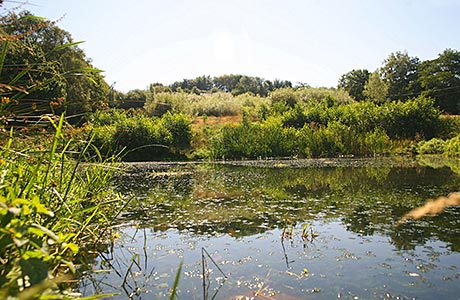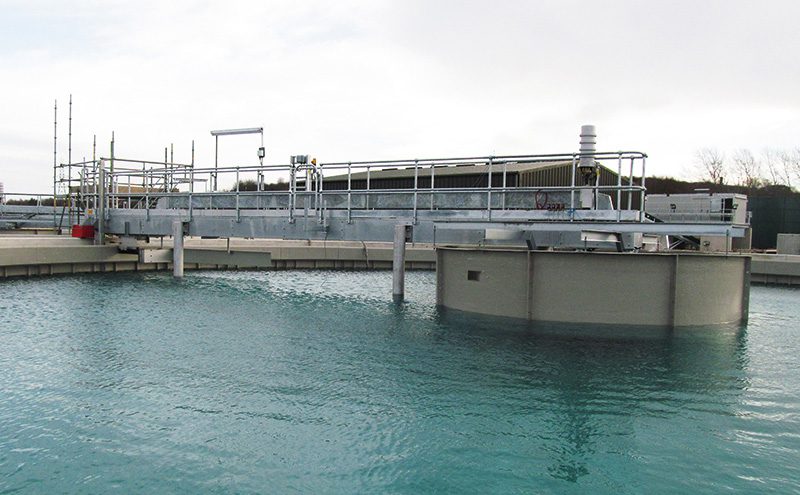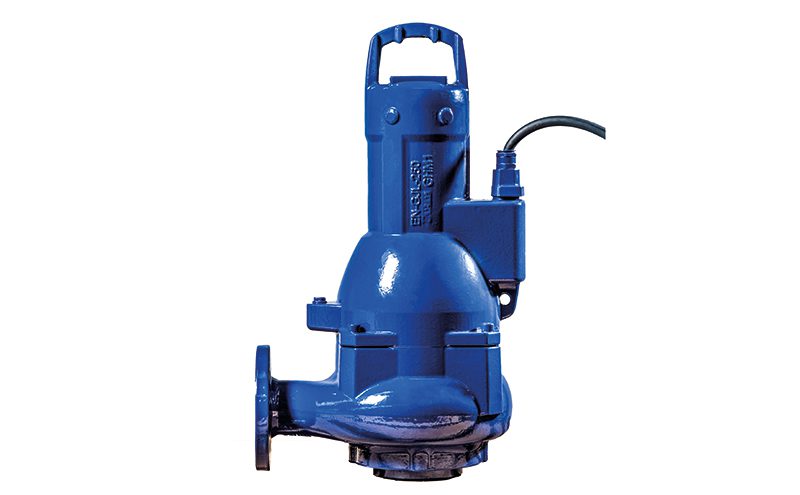
INDUSTRIAL filtration specialist Micromac Filtration has successfully completed a major wastewater treatment system expansion and upgrade project at Devon-based Otter Brewery.
At the brewery’s production headquarters, situated in East Devon’s Blackdown Hills, Micromac has designed, manufactured and installed a Sequencing Batch Reactor (SBR), which provides biological wastewater treatment for the brewery to such a high degree that it can be safely discharged direct into an ecosystem around the brewery which constitutes both an area of outstanding natural beauty and also an area of special scientific interest with diverse fauna and flora.
After extensive evaluation of various suppliers, who offered a range of different technologies including submerged aerated filter systems, Otter Brewery opted for Micromac Filtration, which proposed its Sequencing Batch Reactor (SBR). This approach facilitated the integration of existing treatment equipment into a cost-effective, low visual impact and extremely reliable wastewater treatment system.
Throughout the planning and implementation of this project Micromac has worked closely with expert consultants Sustainable Direction Limited (SDL), who were recruited by Otter Brewery to oversee the selection of the most appropriate enabling technology and supplier.
“Otter Brewery is the victim of its own success with significantly increased demand for their beer generating an increased amount of wastewater from the brewing process,” commented Dr. John Henry Looney, Managing Director at Sustainable Direction. “We were able to identify savings to help Otter Brewery to improve their operating efficiencies, with the resulting wastewater requiring a more sophisticated solution than was onsite at present. After extensive evaluation of the alternative solutions SDL helped Otter select Micromac based on their responsive approach and proven delivery of quality results in the past for Otter, combined with a system design that is simple, requires little maintenance and is meeting all the exacting requirements for environmental discharge consent.” Otter was also able to receive a significant Regional Development Fund grant towards the cost with assistance from SDL and Micromac.
SBR: A new approach to a familiar wastewater challenge
At Otter Brewery, using Micromac’s SBR system, wastewater is collected in a sump and screened. Then a batch of prepared wastewater is pumped to the reactor tank where it is aerated. This has the effect of mixing activated sludge already within the tank with the new wastewater and commencing the treatment of the whole.
The aeration causes the biological oxygen demand (BOD) components to be converted to sludge and the ammonia to nitrates. The mixed liquor suspended solids (MLSS) are measured, and the system is configured to automatically maintain the optimum level for the processing of the wastewater.
After a pre-set time, aeration ceases and the sludge is allowed to settle. During this phase, the nitrates are converted to nitrogen.
After settlement is completed, surplus sludge is pumped from the reactor for disposal.
The treated wastewater is measured for suspended solids, ammonia, pH, and so on. If these are within pre-set levels the wastewater is discharged. If outside the preset limits the wastewater remains in the reactor for reprocessing. Wastewater treated to the acceptable levels is passed to an outfall station for discharge. The outfall station is fitted with a flow meter to measure the volume and flow rate of the discharge.

Otter Brewery and its business model
One of the South-West’s most successful businesses over recent years, Otter Brewery needed to strike a careful balance in its operations. Whilst demand for its beers and ales continues to grow year-on-year the family-run company is very aware of its responsibility to protect the local environment. The brewery is based on a 16th century farm in the middle of a sensitive rural ecosystem.
Currently, the brewery makes 20,000 brewer’s barrels of beer per annum and every pint of beer made requires 2.5 pints of water to be used in the production process. The brewery is fed by its own stream and thanks to Micromac’s advanced wastewater treatment system it can return over 80 percent of the wastewater direct into the watercourse at the brewery.
“Micromac’s SBR unit has settled in well and ticks all our boxes,” explains Patrick McCaig, sales director at Otter Brewery. “It’s ecologically sympathetic, future proofs production growth and is aesthetically pleasing. Long live those bugs and long may we continue to deal with our own waste water.”







